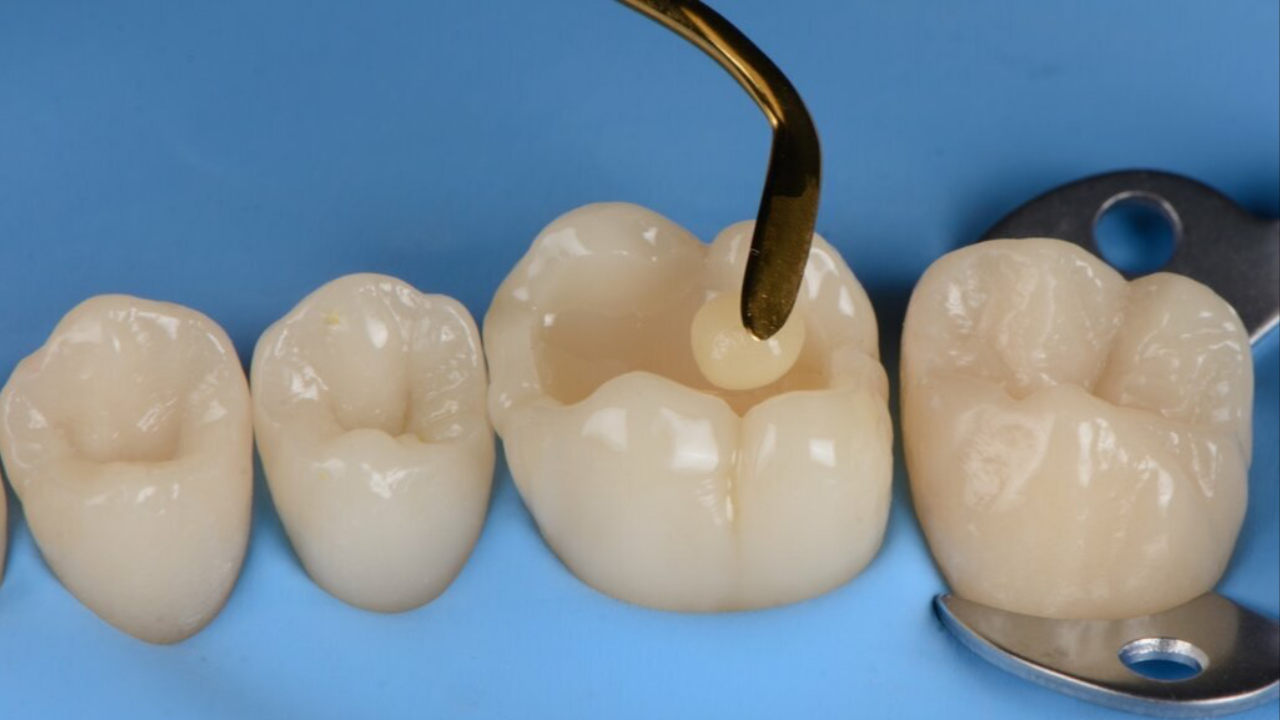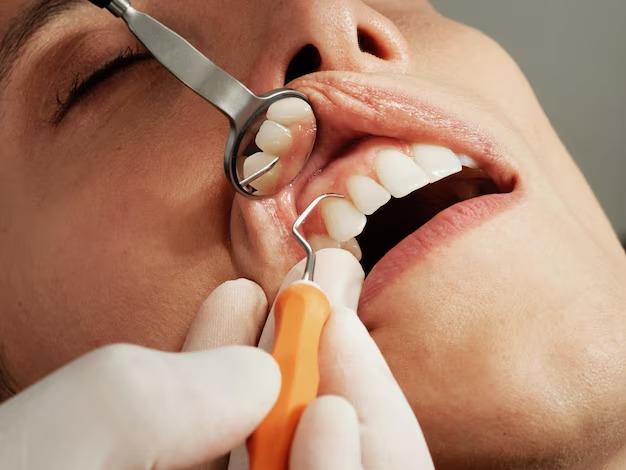
Biomimetic Dentistry
The Future of Minimally Invasive, Tooth-Conserving Treatments
Dentistry has always been about saving teeth, but the way we do it is constantly evolving. One of the most exciting new approaches is Biomimetic Dentistry, a method that aims to treat teeth by imitating nature itself. Instead of aggressive drilling, cutting, or crowning, biomimetic dentistry focuses on preserving as much natural tooth structure as possible while restoring strength and function with materials that behave like real teeth.
What Is Biomimetic Dentistry?
The word biomimetic literally means mimicking biology. In dentistry, it means using techniques and materials that replicate the natural properties of enamel and dentin. Traditional dentistry often prioritizes speed and coverage, removing a lot of tooth structure to place crowns, large fillings, or posts. Biomimetic dentistry, on the other hand, tries to work with the tooth, not against it.
Instead of cutting down a tooth for a crown, biomimetic dentists use adhesive techniques and layered restorations that conserve tooth structure, prevent cracks from spreading, and reduce the chances of root canal treatment.
How Is It Different from Conventional Dentistry?
1. Often requires removing healthy tooth structure to make space for crowns or large fillings.
2. Relies heavily on mechanical retention (e.g., undercuts or posts).
3. Materials like amalgam and some composites don’t fully mimic natural tooth flexibility.
1. Removes only the diseased or damaged part of the tooth. • Uses strong adhesive bonding techniques to seal the tooth and stop bacteria from leaking in. • Employs materials that flex and wear like natural dentin and enamel. • Focuses on long-term preservation, which means fewer root canals and replacements.
2. Uses strong adhesive bonding techniques to seal the tooth and stop bacteria from leaking in.
3. Employs materials that flex and wear like natural dentin and enamel.
4. Focuses on long-term preservation, which means fewer root canals and replacements.
Materials Used in Biomimetic Dentistry
The choice of material is what makes this approach so unique:
1. Adhesive resin composites: highly bondable, used in layers to mimic dentin and enamel.
2. Glass ionomer cements (GICs): bioactive materials that release fluoride and support tooth structure in deep areas.
3. Resin-modified glass ionomers: used as base/liner materials in stress-bearing areas.
4. Fiber-reinforced composites: replace metal posts; flexible like dentin, reducing risk of root fracture.
5. High-strength ceramics (lithium disilicate, zirconia in select cases): used conservatively, often as overlays instead of full crowns.
6. Adhesive sealants and bonding agents: critical for creating a bacteria-tight seal, which is the foundation of biomimetic success.
Benefits of Biomimetic Dentistry
1. Tooth preservation: Maximum natural structure remains intact.
2. Reduced need for root canals: By sealing cracks and preventing bacterial leakage.
3. Stronger restorations: Biomimetic layering distributes stress like natural teeth.
4. Fewer replacements: Conservative restorations last longer, avoiding the 'drill and fill' cycle.
5. More natural look and feel: Materials blend with the tooth and behave like real enamel/dentin.
Limitations and Challenges
Like any emerging technique, biomimetic dentistry has its limitations:
1. Technique-sensitive: Requires more time, precision, and training compared to conventional methods.
2. Longer chair time: Restorations may take multiple steps, unlike a quick crown prep.
3. Material cost: Advanced adhesives and ceramics can be more expensive.
4. Limited availability: Not all dentists are trained in biomimetic techniques yet.
5. Case selection matters: Severely broken-down teeth may still need crowns or implants.
The Future Outlook
Biomimetic dentistry is not just a trend; it’s a shift in philosophy. As more dentists are trained in these techniques, and as adhesive materials continue to improve, this approach may soon become the standard of care. For patients, it means keeping their natural teeth longer. For dentists, it means practicing in a way that aligns closer with biology and sustainability.
In many ways, biomimetic dentistry is the bridge between traditional restorative dentistry and the future of regenerative dentistry. It respects what nature has already perfected and gives us tools to support it rather than replace it.
Biomimetic dentistry is about building dentistry around the tooth, instead of forcing the tooth to fit dentistry.












